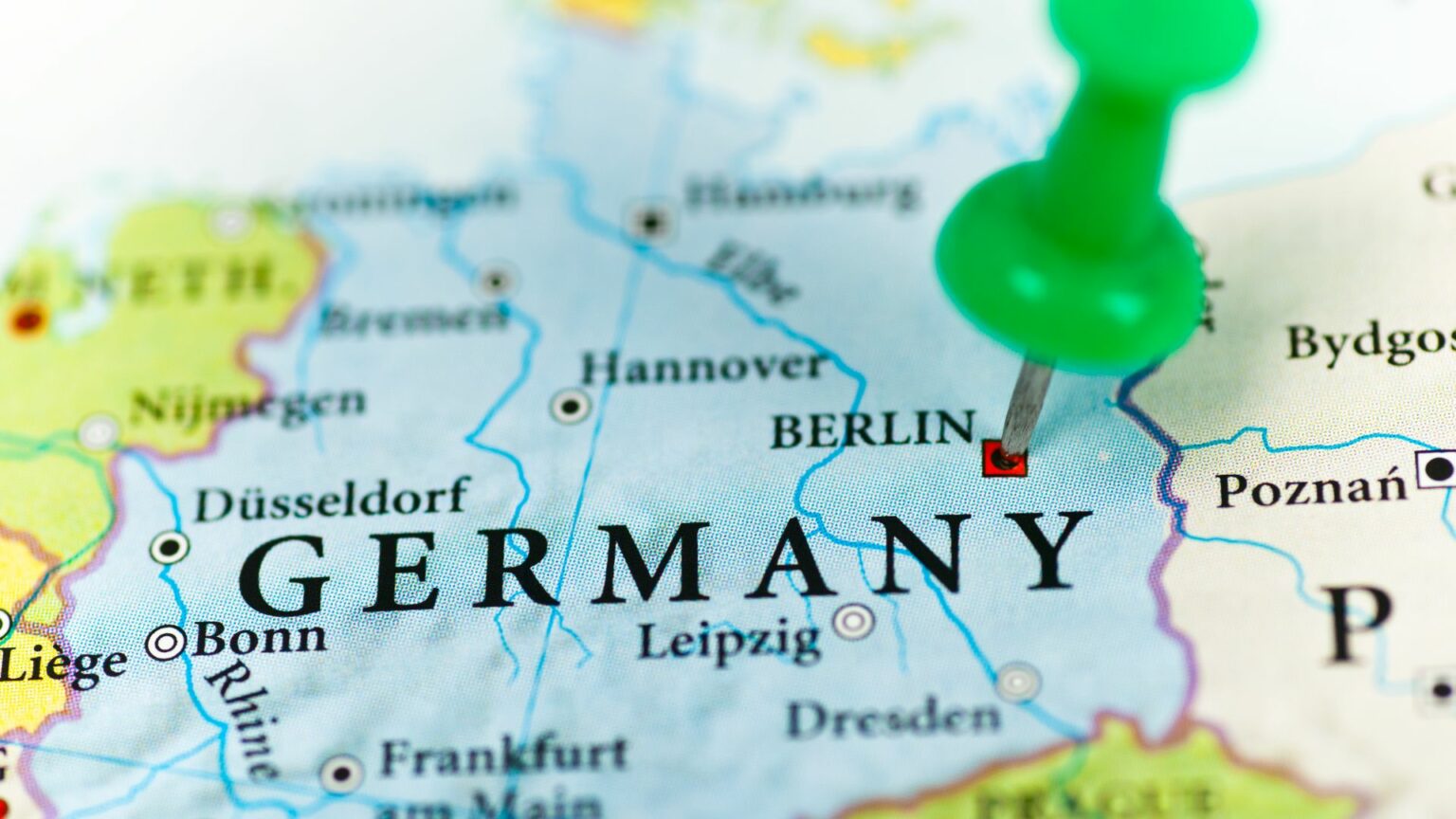North Rhine-Westphalia’s Economics Minister Mona Neubaur recently voiced strong criticism of Federal Economics Minister Robert Habeck’s new power plant strategy, particularly its approach to hydrogen-capable power plants.
Neubaur argues that the current strategy falls short in addressing the looming electricity supply gap caused by the accelerated coal phase-out.
Federal Economics Minister Robert Habeck’s strategy includes an additional tender segment for 12.5 gigawatts of hydrogen-capable power plants. This initiative is part of a broader effort to transition Germany’s energy system from coal to renewable sources. The strategy aims to mitigate the electricity supply gap anticipated as Germany accelerates its coal phase-out, particularly in lignite regions like the Rhineland.
Minister Neubaur has pointed out that the proposed 12.5 gigawatts of hydrogen-capable power plants are insufficient to meet the future electricity needs. She emphasizes that this shortfall is particularly pressing given the accelerated timeline for the coal phase-out, which has been brought forward from 2038 to 2030. This acceleration aims to leave around 280 million tonnes of lignite in the ground, thereby reducing environmental impact but also creating a significant energy supply gap.
The decision to accelerate the coal phase-out is driven by both environmental concerns and the current energy crisis. The revised timeline means that twice the previously approved amount of lignite will remain unextracted, which is expected to prevent further resettlements against the will of affected communities. While this move aligns with environmental goals, it also exacerbates the challenge of ensuring a stable electricity supply during the transition to renewable energy.
Neubaur’s primary concern is the lack of concrete regulatory proposals from the Federal Ministry for Economic Affairs. She argues that without specific and actionable regulatory measures, the strategy is unlikely to ensure a reliable electricity supply. Neubaur’s call for prompt action underscores the urgency of addressing the regulatory framework necessary to support the transition to hydrogen and other renewable energy sources.
When comparing Germany’s strategy to other global initiatives, it becomes evident that the proposed 12.5 gigawatts may indeed be insufficient. For example, the European Union’s broader hydrogen strategy aims to establish a robust hydrogen economy with a more comprehensive infrastructure. Similarly, other countries with aggressive renewable energy goals have set higher benchmarks for hydrogen integration, highlighting potential gaps in Germany’s current approach.
